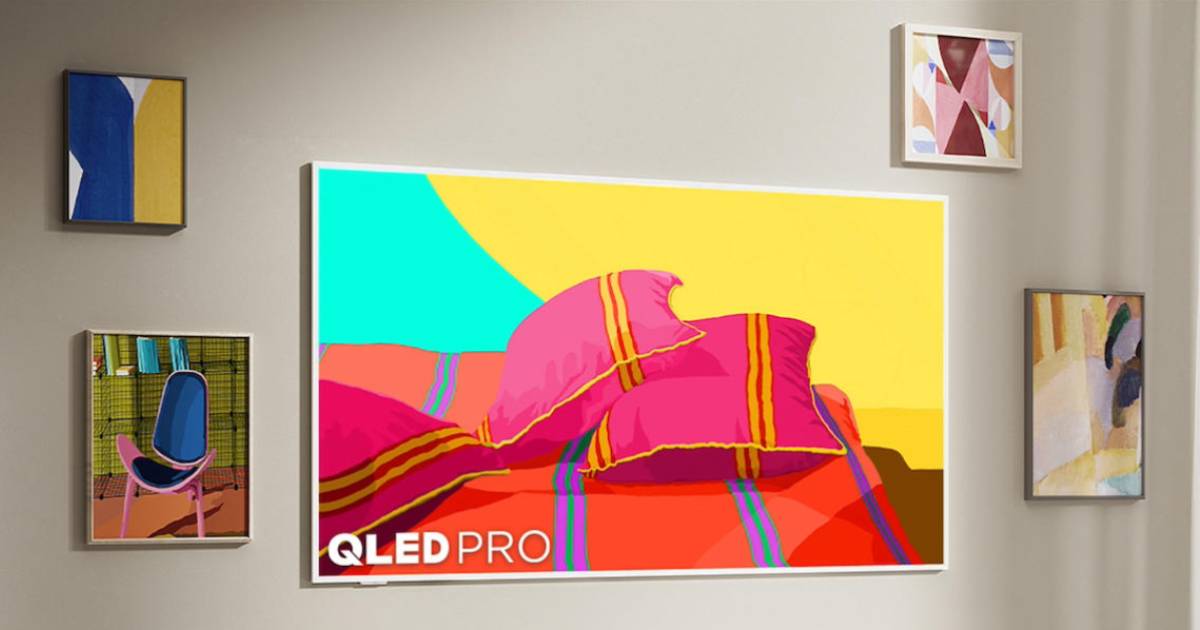TVs Take Over the Lifestyle Category

By Mark Seavy
In a TV category once defined by watchwords like resolution, processor speed, and brightness, co-branding and licensing are becoming key features.
That’s because technical specifications (like ultra-high-definition resolution) have topped out and are now available in less expensive models, leaving brands to search for new selling points. As a result, TVs are being marketed less as a technology or appliance purchase and more as part of the lifestyle category.
For example, the new ultra-thin LCDs are being marketed not just as quality TVs capable of delivering broadcast and streaming content but also as a display for licensed renaissance and classic art in consumers’ homes.
And while access to fine art through a TV isn’t brand new—Samsung introduced “The Frame” models preloaded with 100 art pieces in 2017—the breadth of models, screen sizes (up to 85 inches), and brands is taking the business in new directions.
Chinese TV maker TCL, for example, launched its 55-, 75-, and 85-inch NextFrame LCD TVs earlier this year replete with a library of pre-loaded art pieces and light wood magnetic frames designed to blend with home décor. The sets also feature a Bang & Olufsen-branded audio system. Its rival Skyworth responded with 55- and 65-inch C1 Canvas Art LCD TVs pre-loaded with art and with additional artworks available through the sets’ Google TV operating system. Skyworth also launched a 24-inch LCD portable TV with 1080p resolution and lithium-ion battery to enable three-hour run and eight-hour recharge times.
“The market is now focused on features that could be part of a consumer’s lifestyle as opposed to the specifications war that once was the hallmark of the category,” said Alexander Ng, Director of Marketing at Skyworth. “It all depends on what you are using the TVs for. In the kitchen you may not want the artwork, but in the living room it may be more of a display piece.”
This change in focus comes as TV brands that have traditionally been hallmarks of the category (including RCA, Philips, Hitachi, and Toshiba) have largely shifted to outbound licensing.
At the same time, another high-profile TV brand—Panasonic—is returning to the U.S. TV business after a 10-year absence. Instead of adding an art display feature to its LCD TV, however, Panasonic is building its 55-, 65-, 75-, and 85-inch OLED and Mini-LED TVs based on the “next generation” ATSC TV 3.0 standard that was adopted in 2023 by the Federal Communications Commission. A key element of the new standard is that it uses Internet Protocol (IP) so NextGen TV signals can carry internet content alongside traditional TV broadcasts. There also are plans for combining over-the-air TV broadcasts with streaming services. Samsung, TCL Hisense, Sony, and Skyworth have also adopted this new standard and ATSC 3.0 tuners are already built into 100 models.
“The United States is crucially important to us, and ever since we left [the market] ten years ago, it has been my mission to find a way to return,” said Yasunari Anan, EVP at Panasonic Entertainment & Communications Co. “This is the end of that long journey and the beginning of a new one to bring new choice to U.S. consumers.”
Another company seeking to make new inroads with U.S. consumers is Sweden-based virtual reality (VR) developer Resolution Games, which licensed Hasbro’s Wizards of the Coast’s Dungeons & Dragons brand earlier this year. While Resolution hasn’t released details on the VR title, including when it will be available, it will likely be based on the platform developed for the Demeo roleplaying VR game it first introduced in 2021. The Demeo title was inspired by Dungeons & Dragons, including turn-based combat and a similar point system. Resolution has also developed Angry Birds VR games and is releasing its own first-person shooter Spatial Ops game on November 14.
“In some cases, it is great to work with IPs that people know about because there is so much content available,” Resolution Games CEO Tommy Palm said. “But as a studio it is always great when you manage to create something.”




